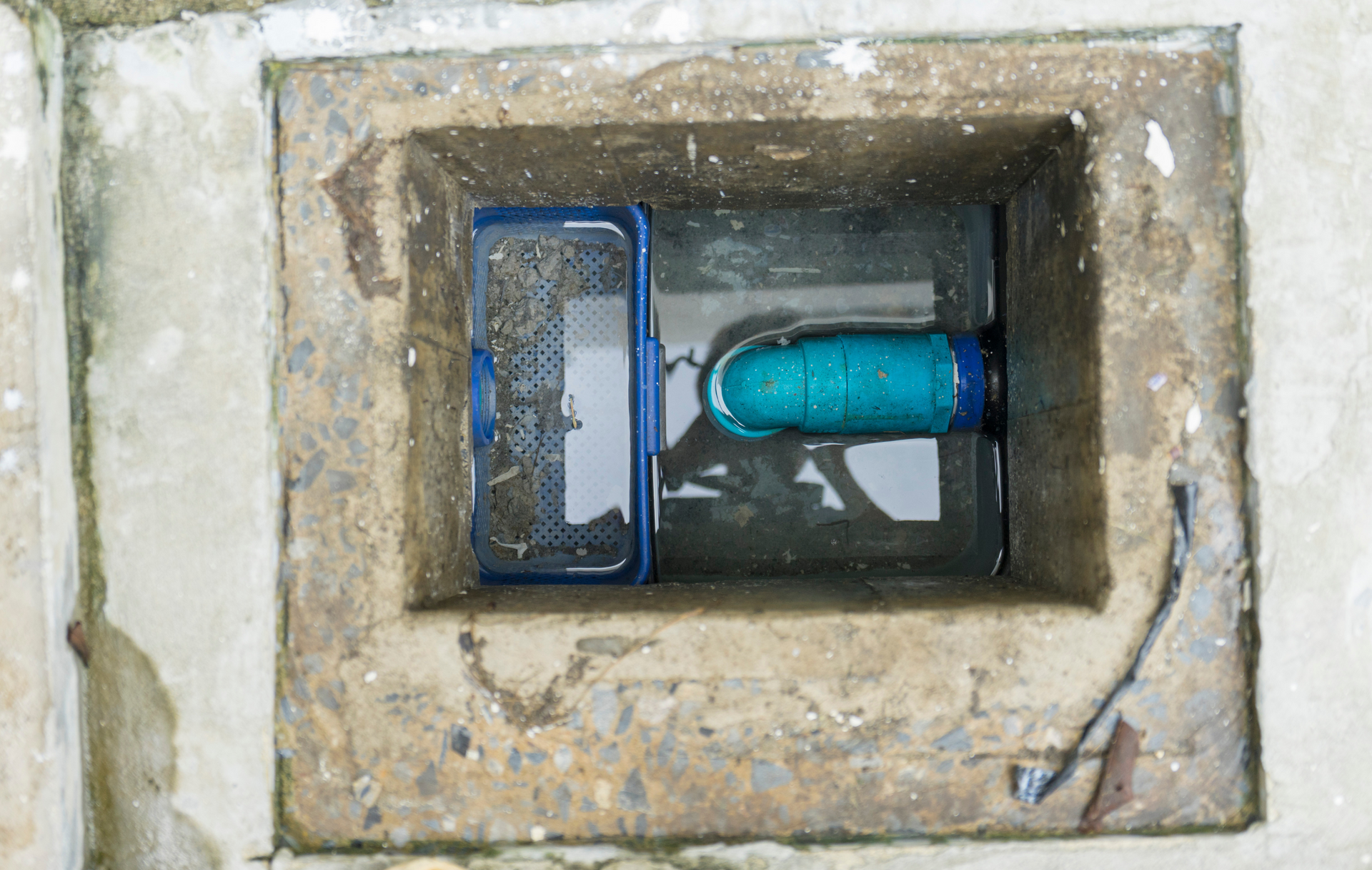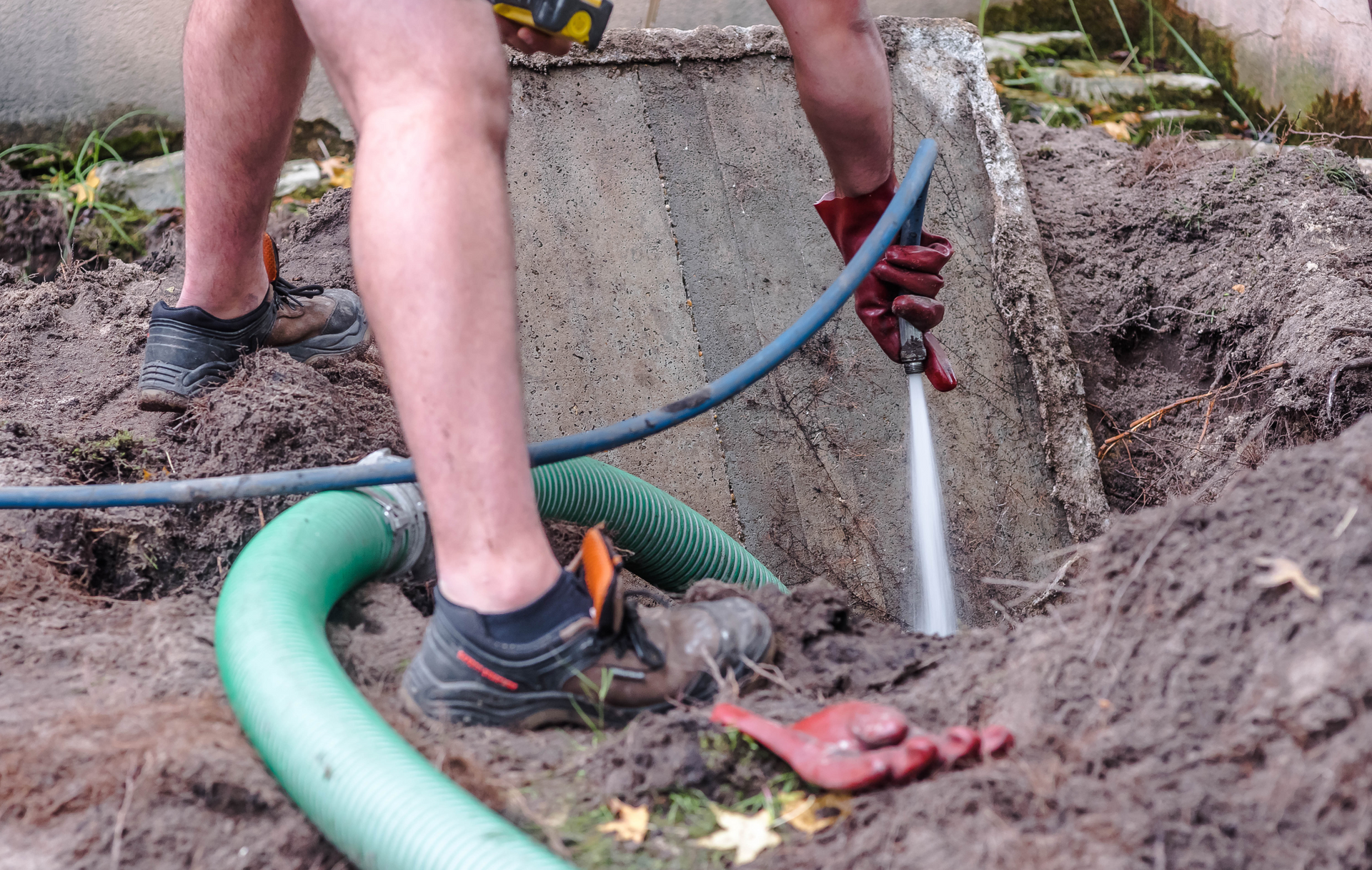Navigating Issues: Septic System Troubleshooting Guide for Oxford, MS Residents
September 28, 2023
Expert Tips on Identifying and Resolving Common Septic System Problems
A well-functioning septic system is crucial for maintaining the sanitation and comfort of your property, whether residential or commercial. However, even the most robust systems can experience issues over time. This article provides insights into septic system troubleshooting, highlighting common problems and their solutions.
Understanding Septic System Troubleshooting
Troubleshooting is the process of diagnosing and rectifying problems in your septic system. It may involve inspecting the tank, drain field, or septic pump for faults. For successful troubleshooting, the help of septic service professionals is often necessary. They have the expertise and tools needed to accurately pinpoint and address septic system issues.
Identifying Problems Through Septic System Inspection
The first step in troubleshooting is the septic system inspection. Regular inspections help identify problems early before they escalate into major repairs. Professional inspections should cover all system components, including septic tank cleaning and pumping, to ensure comprehensive problem detection.
Common Septic System Problems
Several common problems may require septic system troubleshooting. These include:
Blocked or clogged pipes: This issue can be identified by slow drains or backups. It may require professional septic tank cleaning or pumping.
Leaking tanks: This issue can lead to wastewater pooling in your yard. A septic tank replacement may be necessary.
Drain field issues: Soggy areas around the drain field indicate problems. Drain field repair may be required.
Faulty septic pumps: This issue can affect the system's functionality. Professional septic pump repair can restore operation.
Emergency Septic Service
In some cases, issues may arise suddenly, requiring immediate attention. Emergency septic service providers like Oxford Septic Services can provide prompt solutions to prevent further damage.
The Role of Septic System Maintenance
Regular septic system maintenance can significantly reduce the need for troubleshooting. By ensuring timely septic tank emptying and cleaning, you can prevent common issues such as blockages or leaks.
Residential and Commercial Septic Services
Whether you own a home or run a business, understanding septic system troubleshooting is essential. The scale and complexity of systems may vary between residential and commercial properties, but the basics of troubleshooting apply to both.
Considering a Septic System Upgrade
Persistent issues may indicate that your septic system is aging or failing. In such cases, a septic system upgrade could be a more cost-effective and efficient solution. Upgrades could involve new septic system design or installation of more advanced and environmentally friendly septic solutions.
Consultation with a Licensed Septic Service Provider
Consulting with a licensed septic service provider can offer valuable insights into your system's health and functionality. They can provide a detailed analysis of your system's state, suggest necessary repairs or upgrades, and guide you in ongoing maintenance practices.
Conclusion: Be Proactive With Your Septic System
Septic system troubleshooting doesn't have to be a daunting task. With the help of professionals and proactive maintenance, you can keep your system running smoothly and efficiently. Remember, it's always better to prevent issues than to deal with them later. If you have any questions or need professional help, don't hesitate to reach out to Oxford Septic Services. Our team of experts is ready to assist with all your septic needs.

Oxford Septic Services plays a crucial role in ensuring the health and functionality of septic systems in our community. With years of experience and expertise, our team is dedicated to providing top-quality services to homeowners and businesses alike. In this guide, we'll explore the vital role that Oxford Septic Services plays in maintaining healthy septic systems and preserving the well-being of our environment. Chapter 1: Comprehensive Septic System Maintenance Oxford Septic Services offers comprehensive maintenance services designed to keep septic systems running smoothly. From regular inspections to proactive maintenance measures, our team ensures that septic systems remain in optimal condition year-round. Chapter 2: Professional Septic Tank Pumping Regular septic tank pumping is essential for preventing backups and maintaining the proper functioning of septic systems. Oxford Septic Services provides professional pumping services tailored to the unique needs of each property, ensuring efficient removal of waste and sludge. Chapter 3: Prompt Septic System Repairs When issues arise with septic systems, prompt repairs are crucial to prevent further damage and ensure continued functionality. Oxford Septic Services offers timely and reliable repair services, addressing issues such as leaks, clogs, and drain field problems with expertise and efficiency. Chapter 4: Expert Leach Field Services Leach fields are an integral part of septic systems, responsible for filtering and dispersing wastewater into the soil. Oxford Septic Services offers expert leach field services, including inspections, repairs, and installations, to ensure the proper functioning of this critical component. Chapter 5: Emergency Septic Services Septic emergencies can occur at any time, posing significant risks to property and health. Oxford Septic Services offers emergency services around the clock, providing prompt response and effective solutions to mitigate damage and restore functionality. Chapter 6: Residential and Commercial Solutions Whether it's a residential property or a commercial establishment, Oxford Septic Services offers tailored solutions to meet the unique needs of each client. From small homes to large commercial properties, our team has the expertise and resources to handle any septic system challenge. Chapter 7: Environmental Stewardship At Oxford Septic Services, we are committed to environmental stewardship and sustainable practices. We prioritize eco-friendly solutions and responsible waste management techniques to minimize our impact on the environment and protect natural resources. Conclusion: Oxford Septic Services plays a vital role in maintaining healthy septic systems and preserving the well-being of our community. With comprehensive maintenance services, prompt repairs, and a commitment to environmental stewardship, our team ensures that septic systems remain in optimal condition for years to come. Trust Oxford Septic Services for all your septic system needs and experience the difference firsthand.

Septic tank pumping is a crucial aspect of septic system maintenance that often goes overlooked by property owners. Regular pumping helps prevent costly repairs, prolongs the lifespan of the septic system, and protects the environment from contamination. In this guide, Oxford Septic Services shares valuable insights into the importance of routine septic tank pumping and its many benefits. Chapter 1: Understanding the Role of Septic Tank Pumping Overview of the septic tank pumping process and its significance in maintaining a healthy septic system Explanation of how septic tank pumping removes accumulated solids and sludge from the tank, preventing clogs and backups Chapter 2: Preventing Costly Repairs and System Failures Discussion of the potential consequences of neglecting septic tank pumping, including system backups, drain field damage, and groundwater contamination Exploration of the financial implications of septic system repairs and replacements compared to the relatively low cost of routine pumping Chapter 3: Extending the Lifespan of Your Septic System Explanation of how regular septic tank pumping helps prolong the lifespan of the septic system by reducing stress on system components and preventing premature failure Discussion of the correlation between routine pumping and the overall health and longevity of the septic system Chapter 4: Protecting the Environment and Public Health Examination of the environmental and public health risks associated with untreated wastewater discharge from poorly maintained septic systems Explanation of how routine septic tank pumping helps mitigate these risks by preventing groundwater contamination and protecting local water sources Chapter 5: Maintaining Property Value and Resale Potential Exploration of the impact of a well-maintained septic system on property value and resale potential Discussion of how routine septic tank pumping demonstrates responsible property ownership and can increase buyer confidence during real estate transactions Chapter 6: Ensuring Regulatory Compliance Overview of local regulations and requirements regarding septic system maintenance and pumping frequency Explanation of how routine septic tank pumping helps property owners remain in compliance with regulatory standards and avoid potential fines or penalties Chapter 7: Best Practices for Scheduling Septic Tank Pumping Recommendations for establishing a regular pumping schedule based on factors such as household size, water usage, and septic system capacity Tips for working with professional septic service providers like Oxford Septic Services to schedule timely and efficient pumping services Conclusion: Routine septic tank pumping is an essential aspect of responsible septic system ownership, offering numerous benefits for property owners, the environment, and public health. By understanding the importance of routine pumping and working with trusted professionals like Oxford Septic Services, property owners can ensure the long-term performance and reliability of their septic systems.
